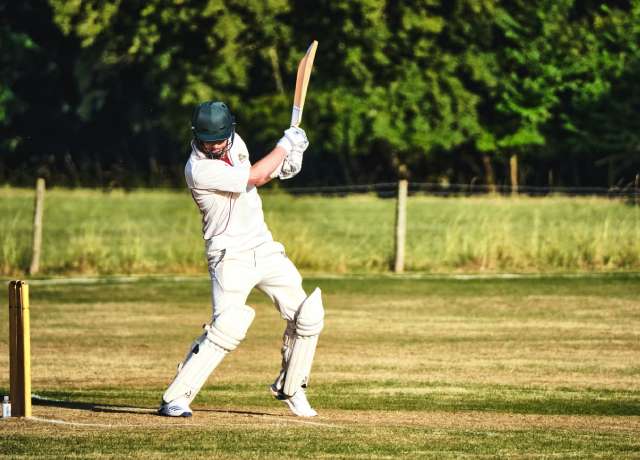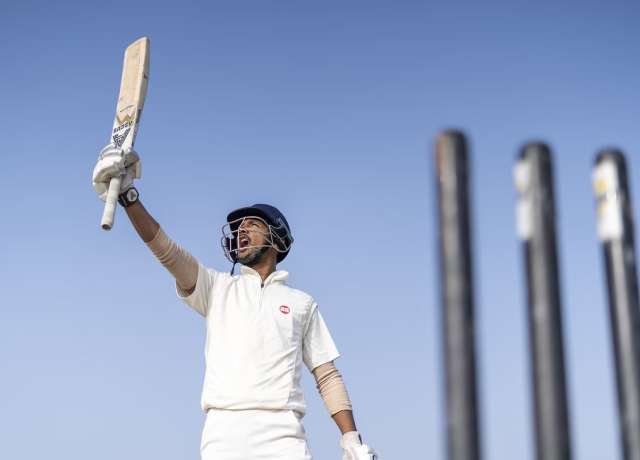Cricket is one of the world’s most popular sports. From the UK to India to Australia to Pakistan to Zimbabwe to the Caribbean, fans can find active professional and amateur leagues. According to the ICC, there is organized cricket play in over 120 countries worldwide.
And cricket’s popularity continues to grow each year. Even in the US, where sports like American football and basketball dominate, cricket is one of the fastest-growing sports, according to the Washington Post. There are around 15 million fans and 200,000 active players, as of 2021.
With so many active fans and players, it’s unsurprising that cricket’s origins stretch back centuries. In fact, some of the world’s most popular sports have similarly long histories that span hundreds of years, from horseracing to football to lacrosse.
Some early aspects of sporting culture would still be familiar today—even from antiquated times. For example, one of the earliest origins of gambling comes from sports betting in Ancient China and Rome. Evidence suggests that keno-like slips were used for lottery playing in China, while citizens of Rome were more likely to bet on horse races and gladiator fights.
In fact, as early as the 1700s, official press coverage of the sport included betting angles. But the game is much older, as official references hint that the sport was first played in the 1500s in southeast England. Over five centuries later, not too much about the sport has changed.
Medieval Beginnings
Though it’s widely accepted that cricket originated in England, some believe the earliest form of cricket was played in France or Belgium. Written references from as far back as the 14th-century hint that King Edward II may have been aware of the sport. He knew it as ‘creag’, which could be related to the Old English ‘craic’, which referred to fun and games.
Some scholars have also speculated that cricket could be derived from bowls, a type of lawn-bowling game. Played in pastures and fields, bowls involved a ball, a bat, and a wicket. Cricket, viewed as an evolution of the game bowls means that the game’s origin could stretch back even further. Bowls, as an offshoot of an Ancient Greek game, is actually a prehistoric pastime.
However, the first concrete evidence of cricket comes from a written reference in 1597 in the area surrounding Weald. At the time, it was called ‘creckett’. Weald, a once-dense forest sitting near modern-day Kent and Sussex, was originally inhabited by Saxons and Normans.
Global Expansion
By 1611, the game of cricket was referenced as an adult sport. Soon, the sport was organized by local bodies which were known as ‘county teams’. The first county games were played in 1709, which helped the sport gain recognition throughout England.
During this same period, settlers took the sport to English colonies around the world. In fact, the sport remains popular in these same regions, from the West Indies to South Africa to India to Australia. From the 1600s to the 1700s, colonists set up informal clubs, leagues, and teams, which would take root and remain popular long after British influence ended.
Evolution Over Time
By 1744, cricket had become one of the premier sports in England. As such, organizing bodies were formed to help regulate play. First came the Laws of Cricket (1744), which were later amended in 1774 to include a third stump and a maximum bat width.
Then came the Marylebone Cricket Club, formed in 1787, which continues to oversee the sport. These bodies would help to regulate new additions to the game. For example, the ball was ‘bowled’ until the late 1700s, at which time bowlers started to pitch the ball rather than roll it.
Beginning in the early 1900s, organizing groups like the Imperial Cricket Conference were founded in Commonwealth nations. These were the very first modern iterations of Test matches, which continue to be one of the most popular aspects of international play.


